Couch - Extend Microsoft Access applications to the Cloud
Here you can read online Couch - Extend Microsoft Access applications to the Cloud full text of the book (entire story) in english for free. Download pdf and epub, get meaning, cover and reviews about this ebook. year: 2015, publisher: Pearson Education;Microsoft Press, genre: Home and family. Description of the work, (preface) as well as reviews are available. Best literature library LitArk.com created for fans of good reading and offers a wide selection of genres:
Romance novel
Science fiction
Adventure
Detective
Science
History
Home and family
Prose
Art
Politics
Computer
Non-fiction
Religion
Business
Children
Humor
Choose a favorite category and find really read worthwhile books. Enjoy immersion in the world of imagination, feel the emotions of the characters or learn something new for yourself, make an fascinating discovery.
- Book:Extend Microsoft Access applications to the Cloud
- Author:
- Publisher:Pearson Education;Microsoft Press
- Genre:
- Year:2015
- Rating:4 / 5
- Favourites:Add to favourites
- Your mark:
Extend Microsoft Access applications to the Cloud: summary, description and annotation
We offer to read an annotation, description, summary or preface (depends on what the author of the book "Extend Microsoft Access applications to the Cloud" wrote himself). If you haven't found the necessary information about the book — write in the comments, we will try to find it.
This is your complete, practical guide to creating Microsoft Access web apps and migrating existing databases to the cloud. Access MVP Andrew Couch guides you through the entire web app life cycle, from design through deployment and upgrades. After introducing Microsoft Office 365 and the web app development environment, he reviews key issues associated with moving data into a web app or creating cloud apps with new data. Next, he drills down into app construction, from table design to integration. Youll learn how to extend Access with Microsoft Azure SQL, PowerPivot, Visual Studio 2013, SQL Server Reporting Services (SSRS), and Apps for Office, and master important new enhancements in Office 365 SP1.
Learn best practices and techniques to:
- Capitalize on key Office 365 features in your Access web apps
- Design and integrate all the features of Access web apps
- Make your desktop databases compatible with web app table structures
- Implement and test business rules by using the Macro Programming Tools
- Understand how your app design translates to objects in the cloud-based Azure SQL Database
- Use Microsoft SQL Server Management Studio (SSMS) to connect with and manage web apps
- Improve reporting with PowerPivot, Visual Studio 2013, and SSRS
- Extend Access web apps with Apps for Office features
- Capitalize on Office 365 SP1 improvements in change deployment, intellectual property protection, and integration
Get all code samples, including complete apps, at: http://aka.ms/AccessApps/files
About This Book
- For experienced Access developers who want a deep understanding of web app design and implementation
- For new web app developers who want to develop Access web apps with Office 365
Couch: author's other books
Who wrote Extend Microsoft Access applications to the Cloud? Find out the surname, the name of the author of the book and a list of all author's works by series.

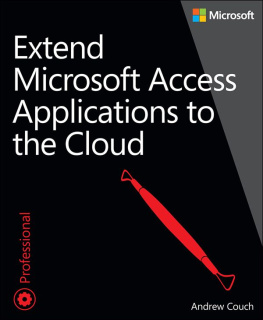




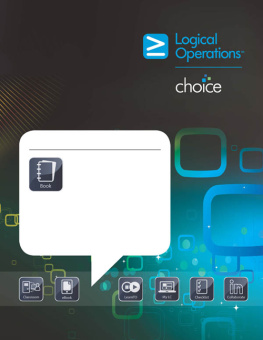
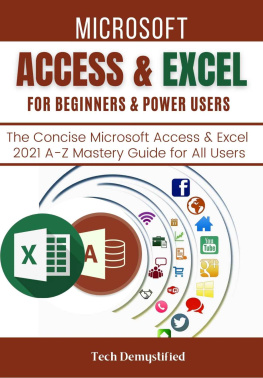
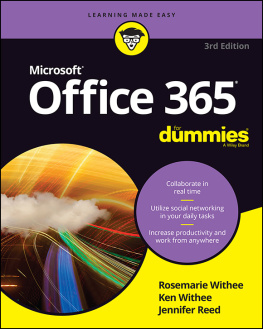
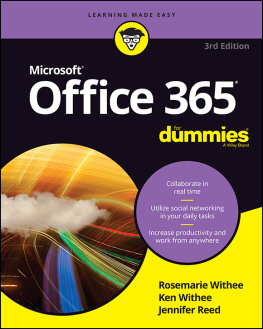
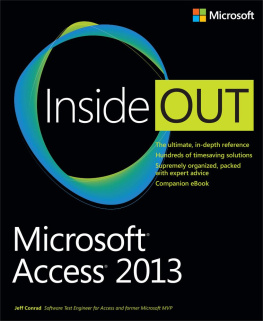

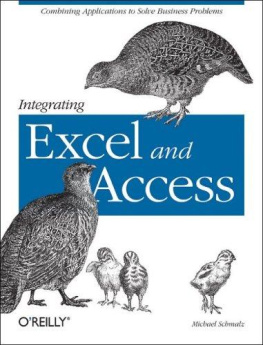

 The first change was to provide a mechanism for developers to deploy changes to web apps without needing to apply those changes directly into the live system. Changes now can be made in a test environment and then subsequently deployed to a production environment.
The first change was to provide a mechanism for developers to deploy changes to web apps without needing to apply those changes directly into the live system. Changes now can be made in a test environment and then subsequently deployed to a production environment.